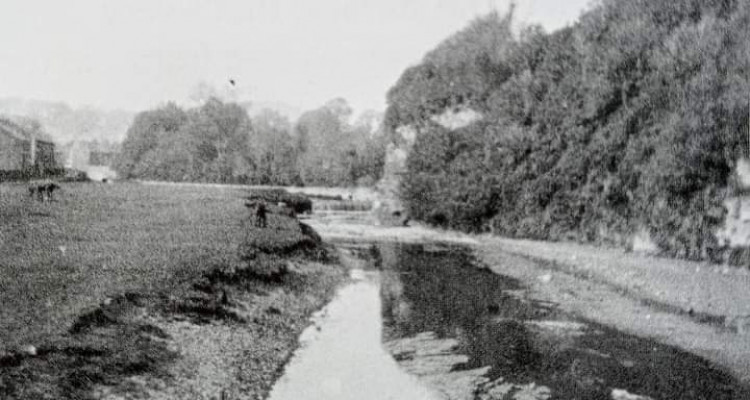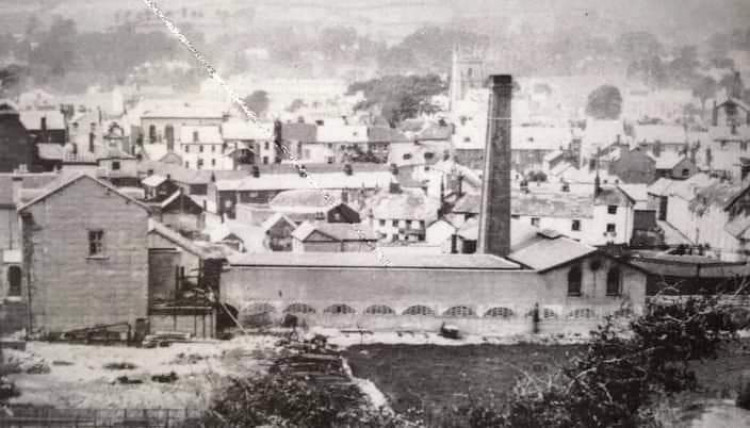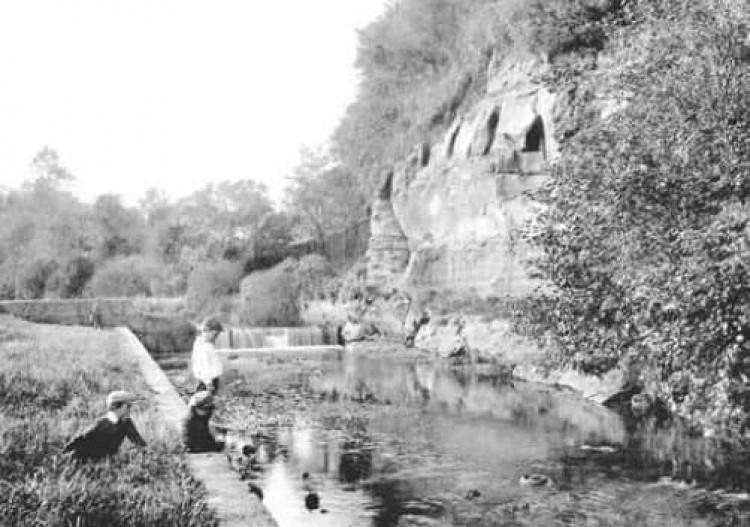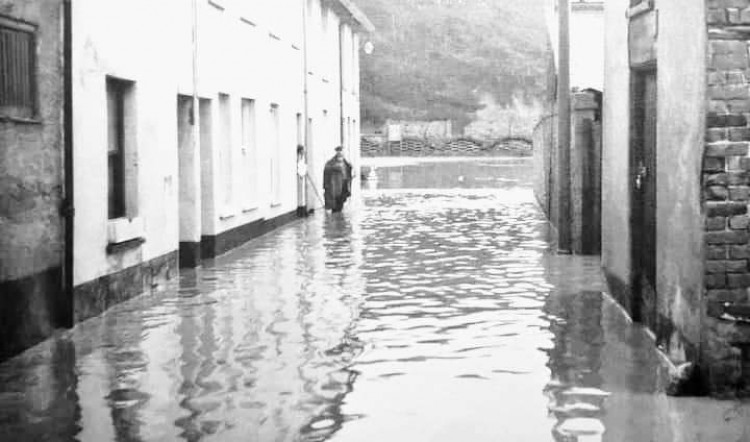Sidmouth historian: The history of The Ham
By Graham Symington 21st May 2023
By Graham Symington 21st May 2023

The area we now call The Ham was previously a water meadow known locally as 'The Marsh', and it would have appeared similar to how the mouth of the Otter at Budleigh Salterton looks today.
The name Ham is probably derived from the old Saxon word Hamm or Ham, meaning water meadow or settlement surrounded by water.
Ham Field, which originally included land now occupied by the swimming pool, car park and cottages in Riverside and Mill Street was once a peaceful and attractive area, where cows grazed and violets grew.

However, after the erection of the gas works in 1875, the area soon deteriorated and became a squalid place, used for the drowning of unwanted cats and dogs and littered with small industrial buildings, workshops, cowsheds and land fenced off for the fattening of pigs.

The town's open sewer stream also once ran across the field, close to where the fishermen's yard is today.
During springtime, the local carpet-beaters gathered here and their lusty blows could be heard echoing around the valley.
On land now occupied by Glenisla Terrace, there was a yard used for the drying of fishermen's nets.

After the gas works were relocated off Alexandria Road in the 1930s, the piggeries and buildings were demolished and the area cleared for improvement.
Due to the constant threat of flooding, it was decided to raise the ground level and builders were encouraged to use the area to dump their rubbish, fishermen were also paid to deposit hundreds of tons of gravel, which they collected from the beach.
Once a suitable level had been obtained, the area was flattened and a retaining wall built to reduce the risk of flooding.

The last flood to breach the wall was in 1968, and with additional prevention work carried out over the years, hopefully the risk of a repeat has been further reduced.
More by Graham Symington:
- The history of the now-demolished Blackmore Hall
- The history of Sidmouth's Connaught Gardens
- A dancing bear, girls of bad character and smuggling: The history of Sidmouth's The Old Ship Inn
- Sidmouth, Jane Austen and ITV's Sanditon
- The history of The Byes, in pictures
- Tar Barrels... in Sidmouth?
- Remembering Pike's Cottages
- Sidmouth's old toll houses
- Policing in Victorian and Edwardian Sidmouth
CHECK OUT OUR Jobs Section HERE!
sidmouth vacancies updated hourly!
Click here to see more: sidmouth jobs
Share:


